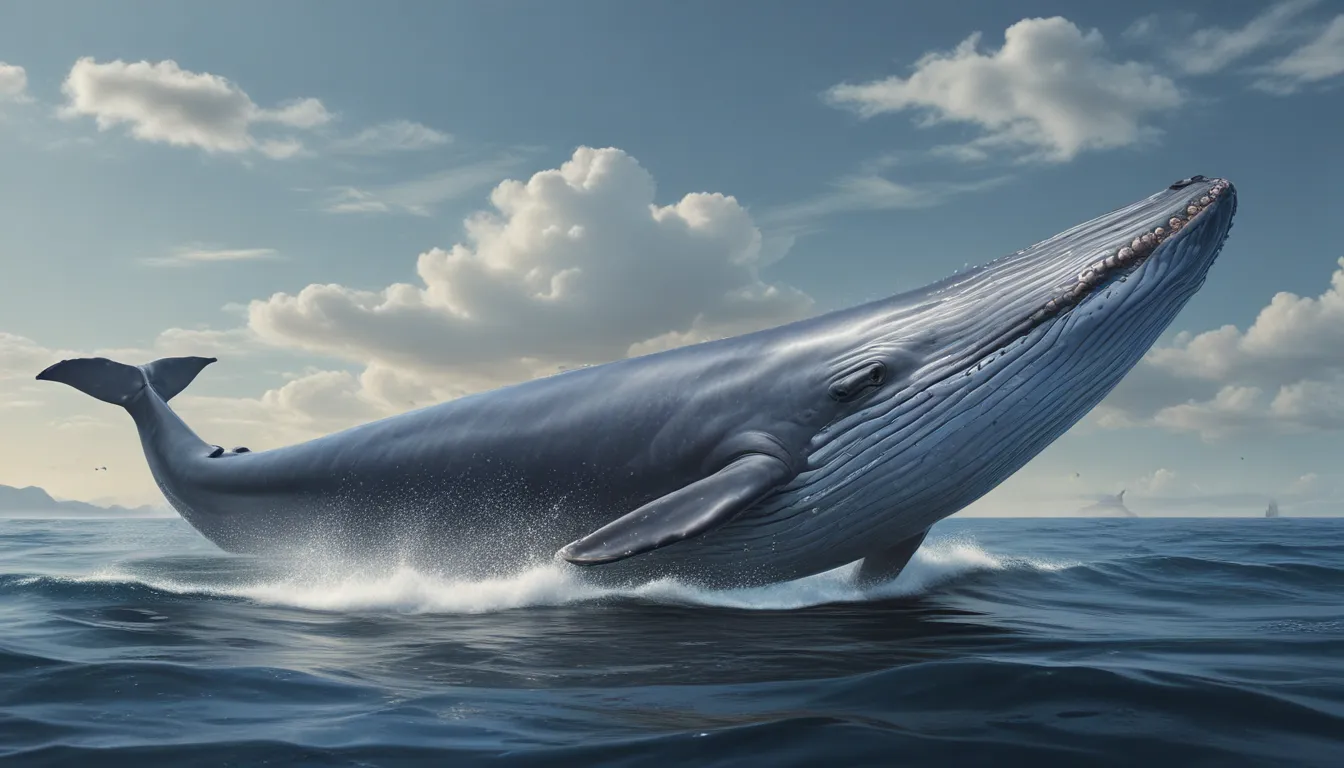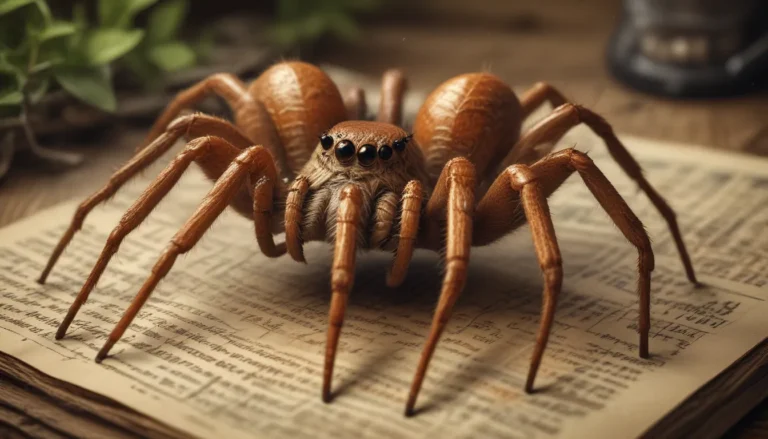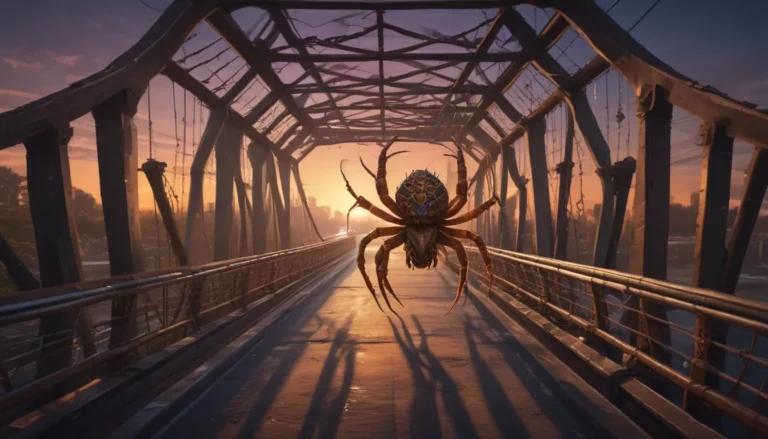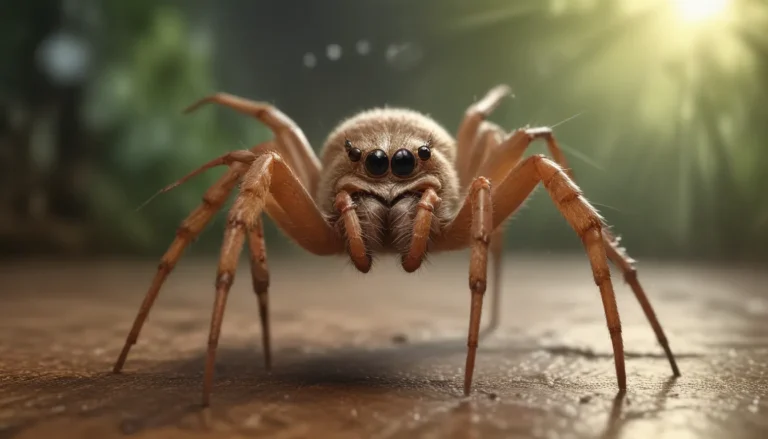The pictures we use in our articles might not show exactly what the words say. We choose these pictures to make you interested in reading more. The pictures work together with the words but don’t take their place. The words still tell you the important facts.
Welcome to the world of the blue whale, the largest animal to ever grace our planet's oceans. These immense creatures are not only awe-inspiring but also hold fascinating secrets that make them unlike any other species. Join us on a journey to uncover the intricate details and remarkable facts that define the life of the blue whale.
Exploring the Wonders of the Blue Whale
Quick Facts
- Size Matters: The blue whale is not just big, it's enormous! It can grow up to 25 meters in length, making it the biggest animal on earth.
- Social Swimmers: These majestic creatures travel in pods, showcasing their social nature in the vast oceans.
- Heart of Gold: The blue whale has the largest heart of any animal, measuring 5 feet long and 4 feet wide, weighing approximately 400 lbs.
- Lasting Legacy: Blue whales can live up to 80-90 years, leaving a lasting impact on the ocean's ecosystem for decades.
- Critical Conservation: With less than 25,000 blue whales estimated to remain, conservation efforts are crucial to protect these gentle giants.
Interesting Facts
- The Singing Giants: Blue whales are known for their unique vocalizations that can be heard underwater for hundreds of kilometers, making them the loudest animal on earth.
- Krill Connoisseurs: Despite their massive size, blue whales sustain themselves on a diet of tiny krill, consuming up to 3,000 kilos per day.
- Fertilizing Force: Blue whale's feces, known as ambergris, act as a vital fertilizer for ocean ecosystems, promoting the growth of algae.
- Predator Protection: Killer whales are the only natural predators of blue whales, with their attacks often leaving scars on the gentle giants.
- Historical Hunt: Humans have hunted blue whales for their meat and oil, leading to a rapid decline in their population until conservation efforts were implemented.
Diving Deeper: Blue Whale Anatomy and Behavior
Blue Whale Anatomy
- No Teeth? No Problem: Blue whales lack teeth, instead relying on baleen plates to filter out their tiny prey from the water.
- Reproductive Rhythms: Blue whales have a slow reproductive cycle, with females giving birth to only one calf every three years.
- Pelvic Puzzle: Despite losing their legs during evolution, blue whales still retain a small pelvic bone as a relic of their land-dwelling ancestors.
Behavioral Patterns
- Migration Mysteries: Blue whales exhibit seasonal migrations, moving between cold polar waters for feeding and tropical waters for mating.
- Solo Swim: Blue whales typically swim alone but can occasionally gather in small groups where food is abundant.
The Echoes of Conservation: Protecting Blue Whales
Preserving a Legacy
- Endangered Giants: Despite being protected by conservation laws, blue whales remain endangered due to historical overhunting and modern threats.
- Conservation Champions: Various organizations are dedicated to preserving blue whales through research, advocacy, and habitat protection.
- Educational Outreach: Educating the public about the importance of blue whale conservation is crucial for their survival in the face of human-induced threats.
In conclusion, the blue whale represents not just a magnificent creature of the sea but a symbol of nature's grandeur and fragility. By understanding and appreciating the secrets of these marine giants, we can work together to ensure their continued existence for generations to come. Let's dive deep into the world of the blue whale and celebrate the wonders of our oceans' largest inhabitants.






